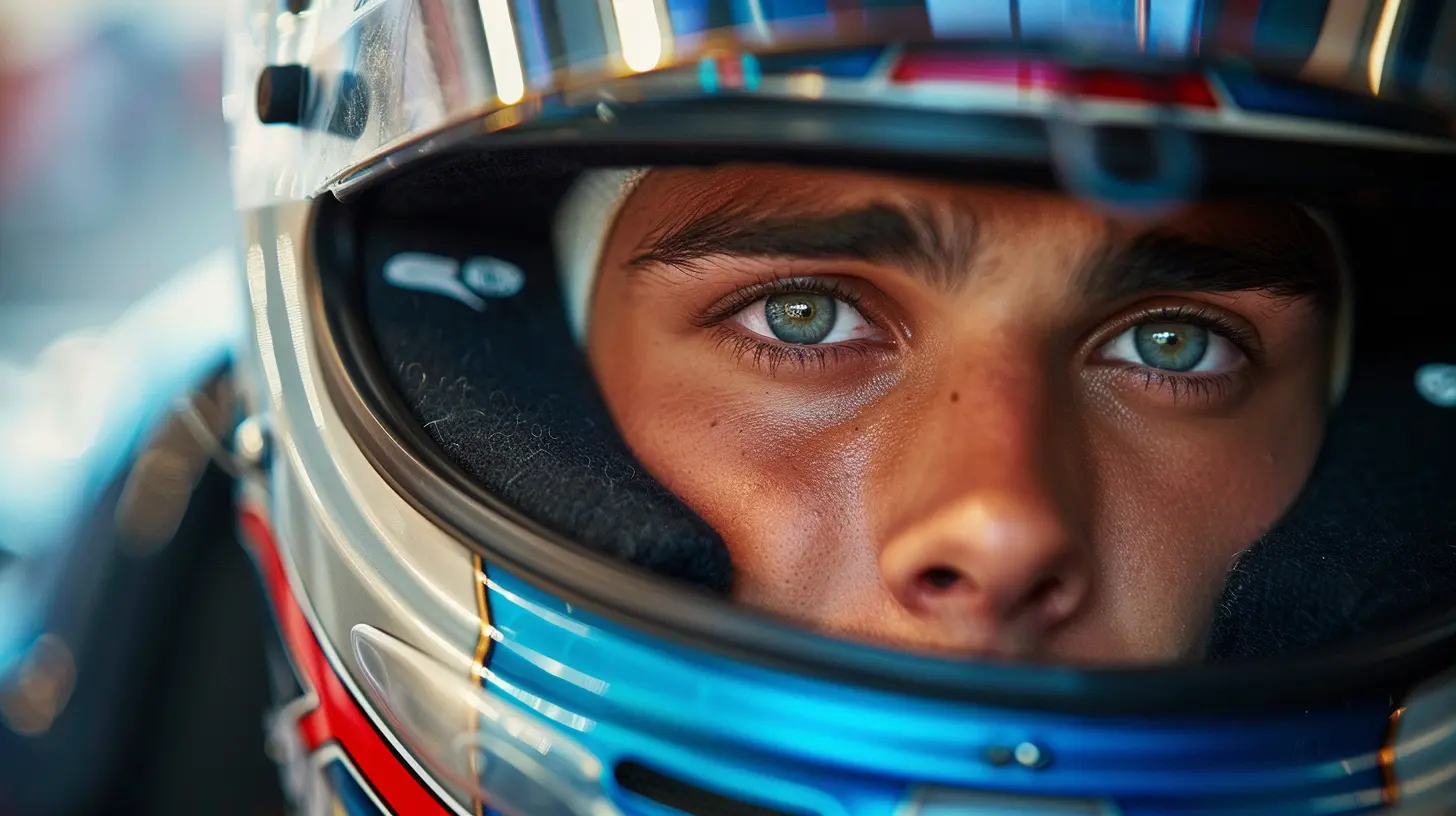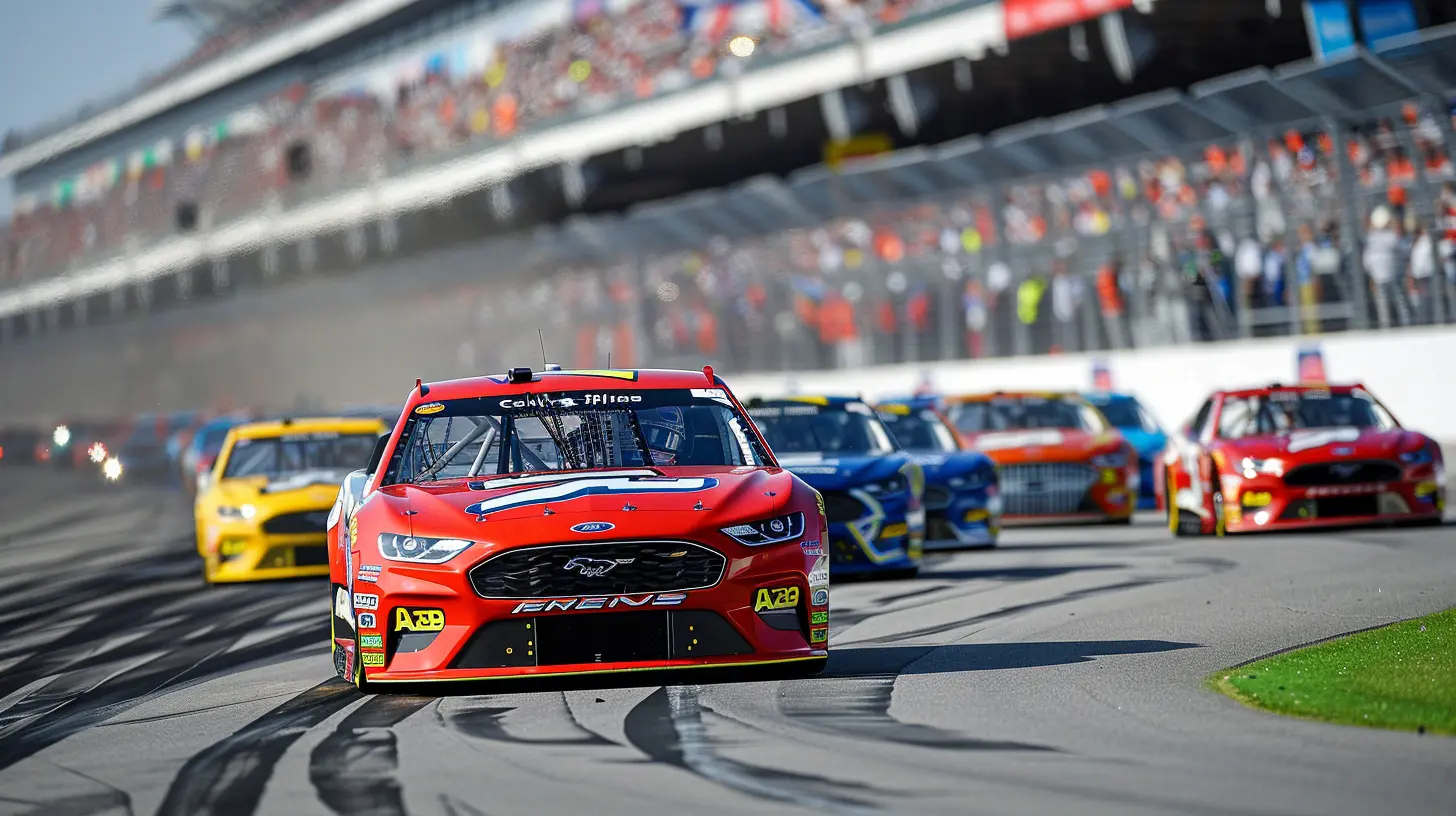New Rules in Motorsports: What Drivers and Teams Are Saying
13 July 2025
Motorsports never stop evolving. Every new season brings changes — some subtle, others monumental — and 2024 is no exception. From Formula 1 to rallycross and endurance racing, governing bodies are tweaking the rulebooks. The aim? Make racing safer, more competitive, and more sustainable. But are these rules hitting the right gear, or are they stalling the sport’s natural flow?
In this article, we're diving into what the new rules are, how they’re impacting the world of motorsport, and what drivers and teams really think about them. Buckle up — it’s going to be an insightful ride.
What's New in the Rulebooks?
Let’s start with the basics. Across various motorsport disciplines, 2024 has introduced a fresh batch of rule changes. Some of these updates are long-anticipated, others caught the paddocks completely off-guard.Here’s a quick overview of what’s been shaking up the sport:
- Formula 1: Revised wind tunnel limitations, stricter budget caps, and new safety protocols
- MotoGP: Changes to tire allocation and sprint race formats
- World Rally Championship (WRC): Hybrid system regulations tightened
- Endurance Racing (like Le Mans): Balance of performance (BoP) updates and increased driver stint monitoring
Now, let’s zoom in and see how these changes are playing out.
Formula 1's Push for Equality and Safety
Aero Testing — A Game of Numbers
Formula 1 has been on a mission to close the performance gap between front-runners and backmarkers. One of the most controversial changes in 2024 is the updated aerodynamic testing restrictions (ATR).In plain English, teams performing better in the constructors’ standings get less time in the wind tunnel. Struggling teams? They get more. The goal is to level the playing field — but not everyone’s convinced it’s working.
Red Bull’s team principal, Christian Horner, has voiced his frustration, saying, “We’re being penalized for doing well.” On the flip side, Alpine and Williams have praised the system. In their eyes, it’s giving them a fair shot at catching up.
Budget Cap: Cutting Costs While Maintaining Class
The budget cap continues to squeeze teams, and its impact in 2024 is more noticeable than ever. While the top teams feel it restricts innovation, smaller outfits see it as their golden ticket to competitiveness.But let’s be real — money talks in F1. Even with caps, the bigger teams still have better infrastructures, smarter staff, and more efficient systems. The cap levels the surface, but the playing field is still tilted.
Sprint Races: A Mixed Bag in MotoGP
Sprint races were introduced to spice things up, and 2024 saw even more of them added to the calendar. Fans love the speed and chaos. Riders, on the other hand? Not so much.Fabio Quartararo, 2021 World Champion, didn’t hold back. “It’s exhausting,” he said. “You crash in the sprint, and your Sunday starts with damage control.” Riders are under physical and mental pressure, especially during triple-header weekends.
Still, others, like Brad Binder, embrace the extra challenge. He says it brings strategy into play from Day 1, not just Sunday. But wear and tear on both man and machine is becoming a bigger concern.
Oh, and let’s talk about tire allocation. With races packed so tight, riders have fewer options, making tire strategy a high-stakes gamble every weekend.
Rallying Towards Sustainability in WRC
The World Rally Championship is also going greener. That’s noble and futuristic — hybrid tech is here to stay — but it’s not without growing pains.Hybrid Blues
Drivers have been vocal about the unpredictability of the new hybrid units. Power delivery isn’t always consistent, and some units have failed mid-stage. Ott Tänak described it as “an extra brain to manage inside the cockpit.” Pushing that hard on gravel while managing a hybrid system adds a whole new layer of complexity.Teams are struggling too. The tech is expensive, and repair costs are through the roof. Private teams are especially feeling the pinch, and some smaller outfits are struggling to keep up.
Stage Length Limits
There’s also a new rule capping the length of individual rally stages. The idea is to reduce environmental impact and limit hybrid battery use. But hardcore rally fans and even some drivers feel it takes away the sport’s rugged charm. Rallying has always been about endurance, not just speed.Endurance Racing: Longevity vs. Logic
Long-distance endurance races, like the 24 Hours of Le Mans, are getting smarter with technology and rules, but it's not all smooth sailing.Balance of Performance (BoP) — Still a Headache
BoP is supposed to make things fair across different car types. In theory, it's great. In practice? It’s tricky.Manufacturers like Toyota and Porsche have expressed concerns. Any slight change can swing performance drastically. Teams are often in the dark about how the balance is calculated. One engineer we spoke with joked that “BoP is more secretive than an F1 launch."
If you're suddenly slower by 1% due to an overnight rule update, that’s the difference between winning and falling off the podium.
Driver Stints Under the Microscope
In 2024, stricter driver stint limits mean that no single driver can carry a team. It’s meant to put more emphasis on teamwork. This has helped level things out, but it also means fewer head-turning solo performances.Fernando Alonso, a legend who dabbles in endurance, noted, “It forces everyone to be consistent. You can’t just rely on your fastest driver anymore.” That’s both a good and bad thing depending on how you like your racing.
Drivers Speak Out – Honest, Unfiltered Opinions
Let’s be honest — racers are a passionate breed. When rules change, they feel it more than anyone. Here's what some of them are saying, across various series:- Max Verstappen (F1): “I get why the rules are there, but let us race. Too much management kills the thrill.”
- Marc Márquez (MotoGP): “The pressure of sprints every weekend changes how we approach everything. It’s a mental game now.”
- Elfyn Evans (WRC): “Hybrids are the future, but we need better reliability. Stopping mid-stage isn’t racing.”
- Sebastien Buemi (WEC): “BoP has its heart in the right place, but the implementation needs transparency.”
The common thread? Drivers want clarity, consistency, and for the essence of racing to remain intact.
Teams Are Caught in the Middle
Teams have a tough job — adapt fast, stay competitive, keep costs down, and follow the rules. It’s a balancing act, and 2024’s rulebook made that tightrope even thinner.Some rules, like budget caps or BoP, force teams to recalibrate everything — hiring, strategy, even car design. Others, like hybrid requirements or stint limits, demand logistical overhauls and new tech investments.
From the big-money giants to the humble privateers, everyone’s juggling.
Fans Are Weighing In Too
Let’s not forget the people who keep the sport alive — the fans. Twitter, Reddit, and motorsport forums are buzzing with debates. Some love the direction things are going in — especially the push for sustainability and fair competition. Others feel the soul of racing is being chipped away, rule by rule.One fan summed it up perfectly on a subreddit: “I love that my favorite team has a fighting chance now, but at what cost? Racing shouldn’t feel like accounting.”
Hard to argue with that.
So, Are the New Rules Working?
Well, it depends on who you ask. The changes aim to make motorsports safer, fairer, and more eco-conscious — and they are succeeding on some fronts. We’ve seen tighter grids, exciting races, and fewer injuries.But there’s also friction. When you push for change, especially in a sport built on tradition and adrenaline, expect growing pains.
At the end of the day, one thing remains true: racing is about passion. And as long as the new rules don’t snuff that out, motorsport will continue to evolve and thrive.
Final Thoughts
Change is never easy — especially in motorsport, where every fraction of a second counts. The new rules in 2024 are bold and ambitious. Some are helping close competition gaps and protect drivers. Others are causing headaches and confusion.What’s clear is that drivers and teams are adapting quickly, even if they’re not always thrilled about it. And more importantly, fans are still tuning in, cheering, and debating — which means the spirit of racing is very much alive.
Time will tell if these new rules become beloved institutions or forgotten footnotes. Either way, one thing’s for sure: the race never ends.
all images in this post were generated using AI tools
Category:
New RulesAuthor:

Preston Wilkins
Discussion
rate this article
1 comments
Cash Moore
Exciting times ahead in motorsports! These new rules promise to level the playing field and ignite fierce competition. Let's embrace the change and watch our favorite drivers soar to new heights!
July 30, 2025 at 2:27 AM

Preston Wilkins
Absolutely! These new rules are set to create thrilling dynamics and elevate the competition in motorsports. It’s an exciting time for fans and teams alike!


